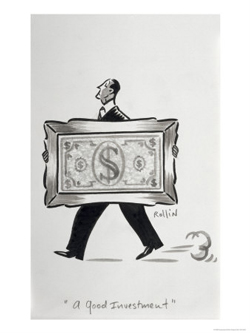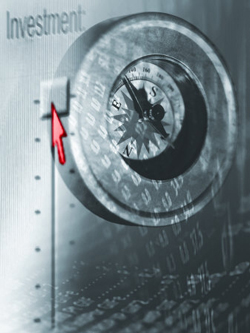| Search Art Prints | ||||||||||||||||||||
| Search Artists | ||||||||||||||||||||

|
||||||||||||||||||||
|
|
|||||||||||||||||||

Investing in Art during a Recession: A Wise Choice?
Investing in Art during a Recession: A Wise Choice?
The downturn in the economy is worrying many investors. Cuts to the workforce are widening. The stock market is suffering as several reliable companies that have been around for centuries are now crumbling. This on-going phenomenon has levelled the playing field for investments. Commodities that were not considered viable stock in the past are slowly gaining attention. People are now starting to look at investing in art during a recession.
reliable companies that have been around for centuries are now crumbling. This on-going phenomenon has levelled the playing field for investments. Commodities that were not considered viable stock in the past are slowly gaining attention. People are now starting to look at investing in art during a recession.
Tips on Investing in Art
Colleene Skinner is an appraiser on PBS’s Antiques Roadshow, a popular TV program. She looks at more than 10,000 paintings a year, and provides a few tips to those who are considering investing in art during a recession:
· Educate yourself – discover not only what you like but also art as a whole. Take a course in art history - get to know the famous painters and the various art styles. The more knowledge you have, the better your decisions will be regarding what is popular and what will hold its resale value.
· Watch for local talent - many skillful artists are studying with fine teachers and producing good work but have not yet made a name for themselves. Regional markets are doing well with paintings.
· Buy the best you can afford - look for the highest quality and stay away from art work that looks worn and tired. No matter how good the deal is on a piece, pass it up if its in bad condition.
Like other investments, keep in mind when investing in a piece of art, that time is a critical factor. You have to safe-keep it for a certain amount of time in order for its market value to escalate.
Recession is Affecting the Art World
The international financial crisis has undoubtedly affected the field of art. For instance, the annual art fair in
Yet, there is a sense of uncertainty when it comes to the sale of paintings this year. Everybody is holding their breath.
Opportunities under Dire Circumstances
Popular pieces of art that have been off the market  for years have become available again during this economic downturn. It’s like a redistribution of fine art. The shortage of cash in many businesses has caused owners to have to liquidate possessions in order to keep their doors open.
for years have become available again during this economic downturn. It’s like a redistribution of fine art. The shortage of cash in many businesses has caused owners to have to liquidate possessions in order to keep their doors open.
For those willing to do a little detective work, they may find that hard times have squeezed out some valuable art pieces at affordable prices. For example, Arthur Andersen, the accounting firm involved in the Enron scandal, transformed part of their
Stocks or Art?
Art as an investment has withstood the tumultuous economic situation so far. It has been competing with, and sometimes beating, the stock market returns. Stock holdings are being liquidated and used to fight inflation, but somehow art investment has been holding steady. Beautiful Asset Advisors, a firm which specializes in art investments during times of recession, says the level of art buying is on par with the art frenzy of the mid 80’s.
Investing in art during a recession should be approached cautiously, without taking anything for granted. You could buy an extremely beautiful art piece to add to your collection, but if it does not appeal to future buyers, it will be a fruitless investment. That is the reason collectors stress the importance of purchasing art for aesthetic purposes first and value second.
Donovan Gauvreau
Art Historian, Donovan Gauvreau lectures about art therapy with a focus on creativity development. He believes we can learn from the great masters in art to communicate ideas and feelings through painting. He provides content for www.AaronArtPrints.org to educate and inspire people to take a glimpse into an artist's life to better understand the meaning behind their work.











